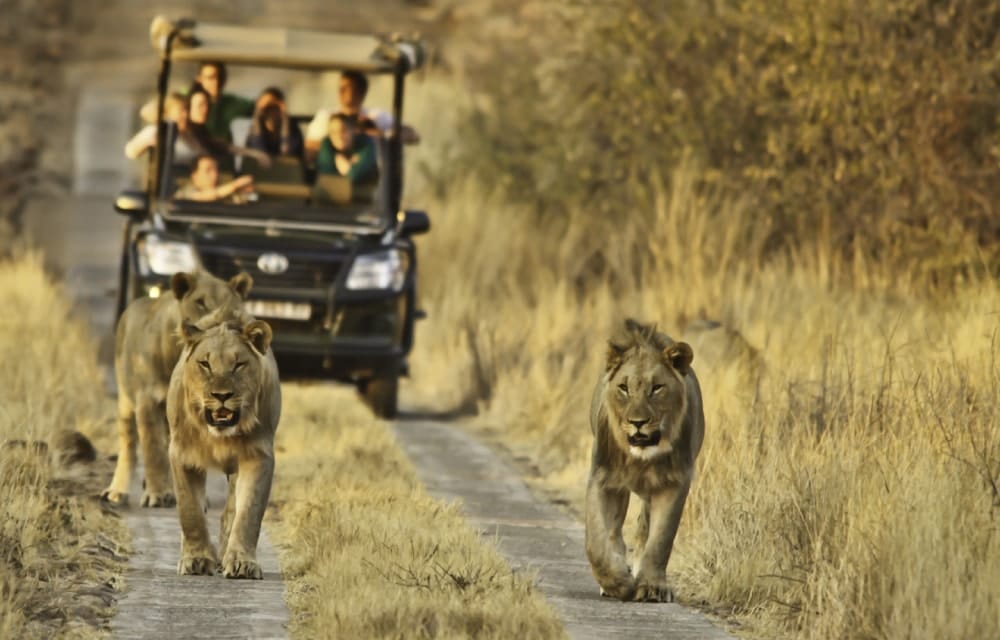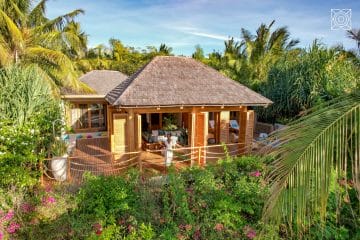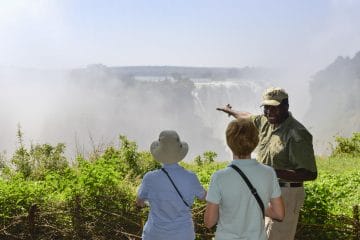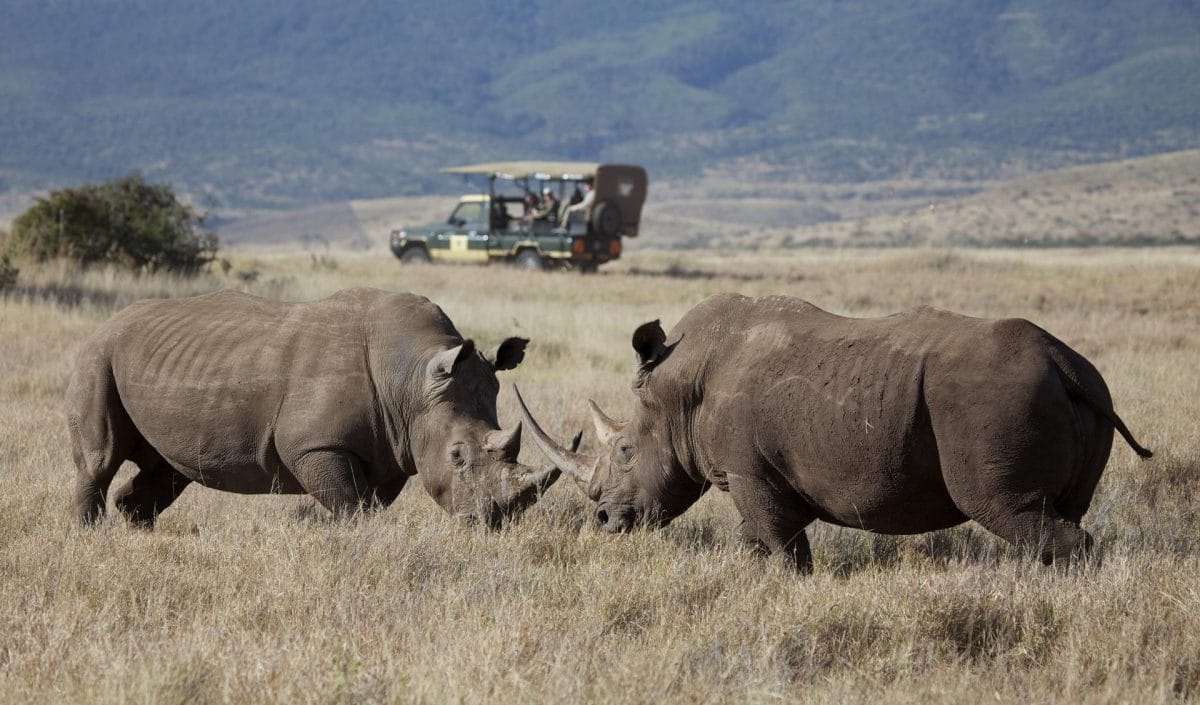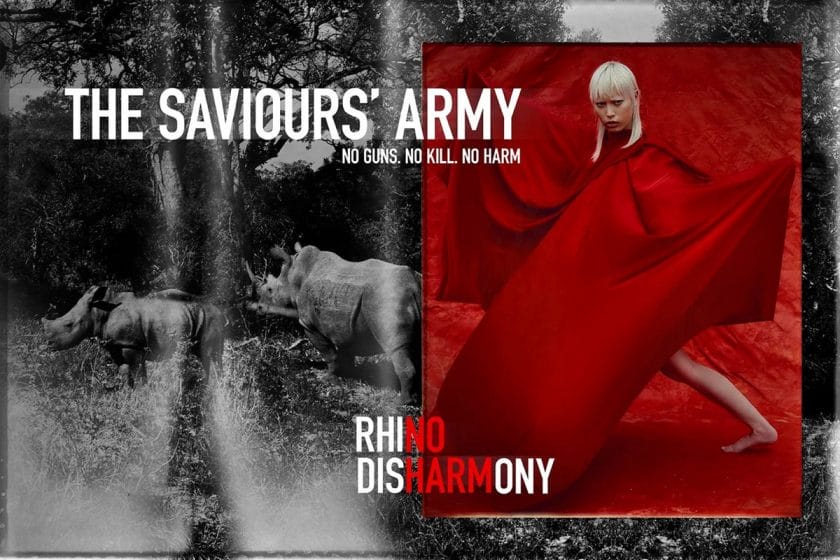A new gate in South Africa’s Kruger National Park is expected to boost tourism to arguably one of Africa’s best Big Five safari locations.
The Shangoni Gate project, to be completed in two phases, is set to be a boon for the region to enhance the local economy and the Kruger National Park experience. Currently, there are nine public access gates in Kruger.
R25 million Investment in Shongani Gate
Launched in 2016 and funded by South Africa’s Department of Tourism with an investment of R25 million, the project has faced considerable delays due to the location of the gate’s entrance. The entrance was only decided at the beginning of March, as the surrounding communities wanted to ensure they would benefit from the gate’s economic potential.
Kruger’s new Shongani gate will now welcome visitors to the north of the park, at Muyexe village, chosen over a proposed entrance at Mtititi village, said Cedrick Baloyi, the head for Local Economic Development (LED) in the Greater Giyani Municipality (GGM).
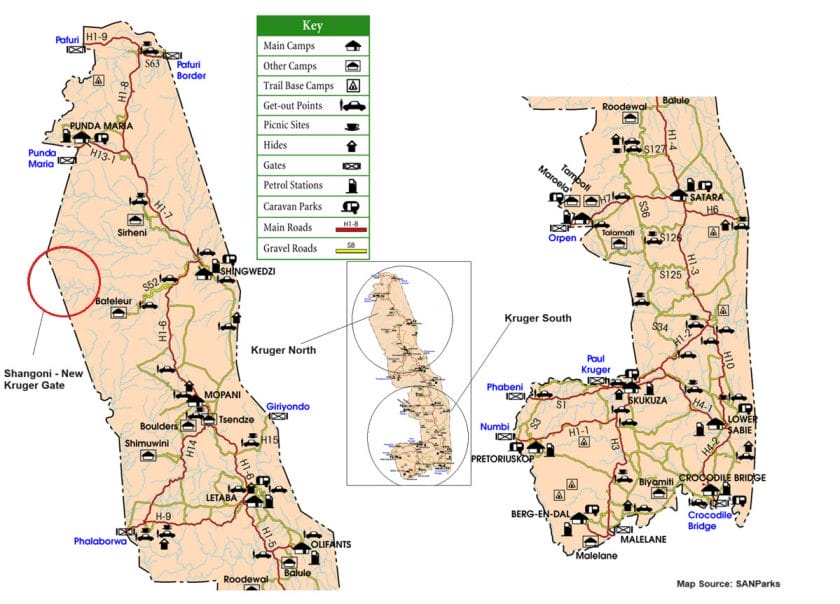
Enhanced Safari Visitor Experience in Kruger’s North
Essential infrastructure within the park is now complete as part of the first phase. This includes a reception area, shops, public restrooms, visitor parking spaces, and camping and picnicking facilities —all designed to enhance the safari visitor experience.
Kruger’s southern gates have been a popular choice for visitors entering the park and are prized for offering more frequent Big Five sightings than any other part of the park.
Department of Tourism Chief Director Tasneem Carrim said SANParks wants to increase tourist traffic to the northern part of the Kruger National Park, “unlocking economic opportunities for local entrepreneurs.”
“The second phase will include the access road from the entrance to the main road leading to Shingwedzi and Mopani Camp. The access road from Giyani to the gate will be funded by the Road Agency Limpopo,” said Carrim, adding that “initial public sector investment is intended to stimulate further private sector investment through the further development of the hub outside the gate.”
At this point, funding for the second phase still needs to be allocated, according to Carrim.
Creating a Useful Gate to Draw More Visitors
Nadav Ossendryver, CEO of Latest Sightings, a crowd-sourcing platform for tracking and spotting wildlife in Kruger, said the new Kruger gate needs to be useful to benefit the community. SANparks needs to create infrastructure that helps visitors see more sightings in the north, he added.
“The Southern part of the park is the closest for visitors from Johannesburg, with a four-hour drive. Satara Rest Camp is located here; It’s a busy camp, and not without reason,” said Ossendryver.
“It is situated in an excellent game viewing area, with the bush relatively open and the animals plentiful. The closest gate to Satara is Orpen Gate,” said Ossendryver.
“Sightings down South, the animals are just everywhere. The bush is a lot thinner, the type of grass attracks more antelopes and a lot more predators. Even if you drive with your eyes closed you’ll see a lion down south,” said Ossendryver.
View this post on Instagram
North of Letaba, the denser bushveld complicates spotting animals. “Technically, they’re all still there. You see lions, you see leopards, but it’s just so hard to spot them,” said Ossendryver.
Ossendryver said the new northern gate in Kruger was an easier way to access wildlife-rich Shingwedzi Rest Camp.
“If I were going to Shingwedzi, I would use it, as it’s probably the easiest way. There are a lot of lions and leopards around there. Usually, it would be a two-day trip. You’d either drive to Punda Maria and then drive half the park south, or you’d have to enter at Phalabora and drive half the park north,” added Ossendryver.
However, he said infrastructure that helped draw visitors and improve wildlife sightings was needed and could benefit the surrounding communities financially.
“In Skukuza, there are 20 different routes that you can drive every day, but in the north of Kruger, there just aren’t that many. The animals are not on the roads, and you can’t go exploring as much. So all these different factors matter.”
“The whole thing with community is that it’s always a big thing,” added Ossendryver.
“If you look at shops that have developed around the other gates, the community benefits. There are lots of restaurants and on the way to the gates, even the petrol stations. People always fill up there and buy food. SANParks should create a gate that people can use, and that is useful, not just a gate where people can sell more stuff on the side of the road,” he said.
Of the gates in the north of the park, Ossendryver considers Numbi gate the least popular due to security and safety concerns over the years.
“It’s not always like that, but my family prefers not to use that gate.”
View this post on Instagram
Kruger Park Visitor Number Recovery
Kruger National Park was the second most visited national park in the country last year, after Cape Town‘s Table Mountain National Park.
Rey Thakhuli, SANParks spokesperson, confirmed that just over 1.6 million tourists visited Kruger between March 2023 and mid-March 2024.
Total visitors to the Kruger were tracking at -13% compared to pre-pandemic levels of 2019. SANParks is set to close off its total visitor numbers at the end of March.
Thakhuli said Kruger expects a full recovery in the next financial year.
“The current year’s figures indicate that we will be around 8-9% behind the pre-covid figures by the end of the financial year. The summer season has shown great improvement. The other months of the year have also shown good numbers,” added Thakhuli.
South Africa’s Top Parks to Visit in 2024
SANParks national parks all have something unique to add to your SA safari itinerary – from the dusty expanses of the Karoo, the rich biodiversity of the coastal parks, to the inland wildlife sanctuaries of Kruger. Just under 5 million visitors visited South Africa’s 19 national parks last year, about 22% below the 6.3 million visitors recorded in 2019.
These are the most popular parks based on visitor recovery for 2023, when compared to 2019:
- Augrabies National Park, Northern Cape
- Kgalagadi National Park, Northern Cape
- Golden Gate Highlands National Park, Free State
- Karoo National Park, Western Cape
- Camdeboo National Park, Western Cape
- Namaqua National Park, Northern Cape
- Mountain Zebra National Park, Eastern Cape
- Kruger National Park, Limpopo/ Mpumalanga
- Tankwa Karoo National Park, Limpopo
- Marakele National Park, Limpopo
Want to plan your next safari to Kruger in South Africa? Get in touch with Discover Africa’s travel experts to start planning your Big Five bucket list adventure today.







